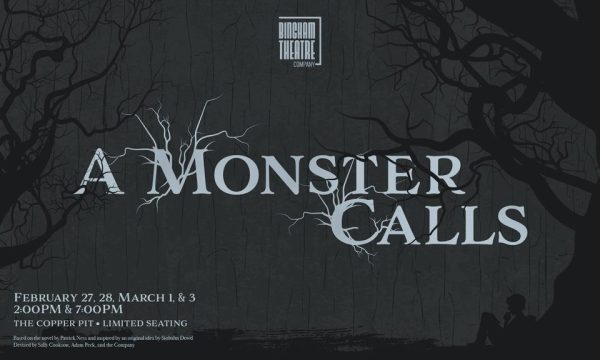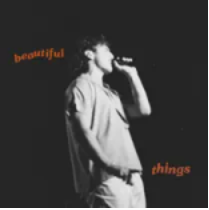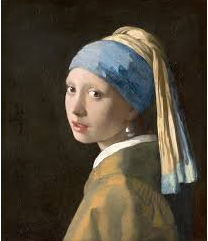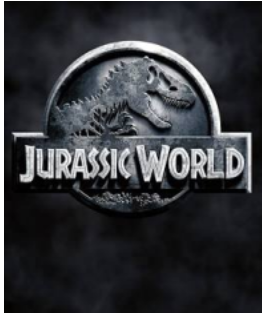Change in Dance
The rhythm of music encourages us to get up off our feet and move around to the beat of the music. In the early 1920’s, the Charleston, the Lindy Hop, Chicken Scratch and the Tango all were very popular dances. The early dancing styles of the 20th century encouraged couples to swing across the floor, lift their partners in the air, and dance until the music stopped.
Dancing is meant to express emotions and feelings through music. While you move to the beat of music, the emotions and excitement you feel is represented in movements. The dances of today abandon all emotion and interaction and instead resort to mosh pits and standing in one spot whilst twisting your body with the occasional jump. The communication between partners during a dance used to be filled with laughs as each one stumbled through the Charleston or the Tango. Partner communication during modern dances is silent or awkward. Instead of letting the music pull you across the floor, we stumble with words and remain in the same spot. Back and forth, side to side we move talking about our favorite color and our hobbies.
To understand dancing in the early 20th century, I asked my grandma, Marydon Yates, to describe to me her experiences. “ We used to dance all the time. We used to dance all over the floor going around and around until we were exhausted.” Dances like the swing and the waltz made you feel like you had a partner, “The boys led and you stumbled through it no matter how bad the man was. You’d step on each other toes, bump into one another, but it was fun. You could change partners and interact with so many people.” Fun and energetic dances covered the whole floor. The Jitterbug, the Bunny-Hop, and the Two Step involved everyone, with new partners for each dance you always had a good time.
Today however, we have abandoned that fun and energetic dancing style for our nonsense mosh pits. We jump in one place, scream at the top of our lungs, and fall onto one another, calling it dancing. When we “dance”, there is “No communication, you do that formal thing. We used to dance all over the floor, go around and around until we were exhausted,” Marydon said. When did we stop dancing? Jumping in place and shaking our body to the Harlem Shake is not dancing, it is nonsense. The Charleston, Swing, Jitterbug, Two-Step, Waltz, Bunny Hop, and the Tango should be taught again. The traditional movements of the early 20th century need to be learned and practiced. The energy and excitement of old can revive and liven the dances of our times.
Imagine for a moment, a dance with a partner that moved across the floor and every so often a spin or twirl would keep up the excitement and energy of the dance. Fun must be found again in dances, not in the music but in the dancing. Find your partner and dance, move around the floor and laugh when you stumble. Music and dancing is meant to be fun and energetic, not stationary and quiet.
One possible reason for these lost routines could be the development of music. As music has developed to hard rock and dubstep, dance has evolved with it. Can we still bring back the classic routines with our music? Our generation has the power to decide what happens with dancing and music. We have the ability to bring back the energy of the 1920’s, the excitement of the 1950’s, and the interaction of the 1960’s. We decide our dances and it is time to bring back the dances that make us interact and communicate with our partners. It is time to bring back the classic dances of the early ages and revive our dancing styles.





